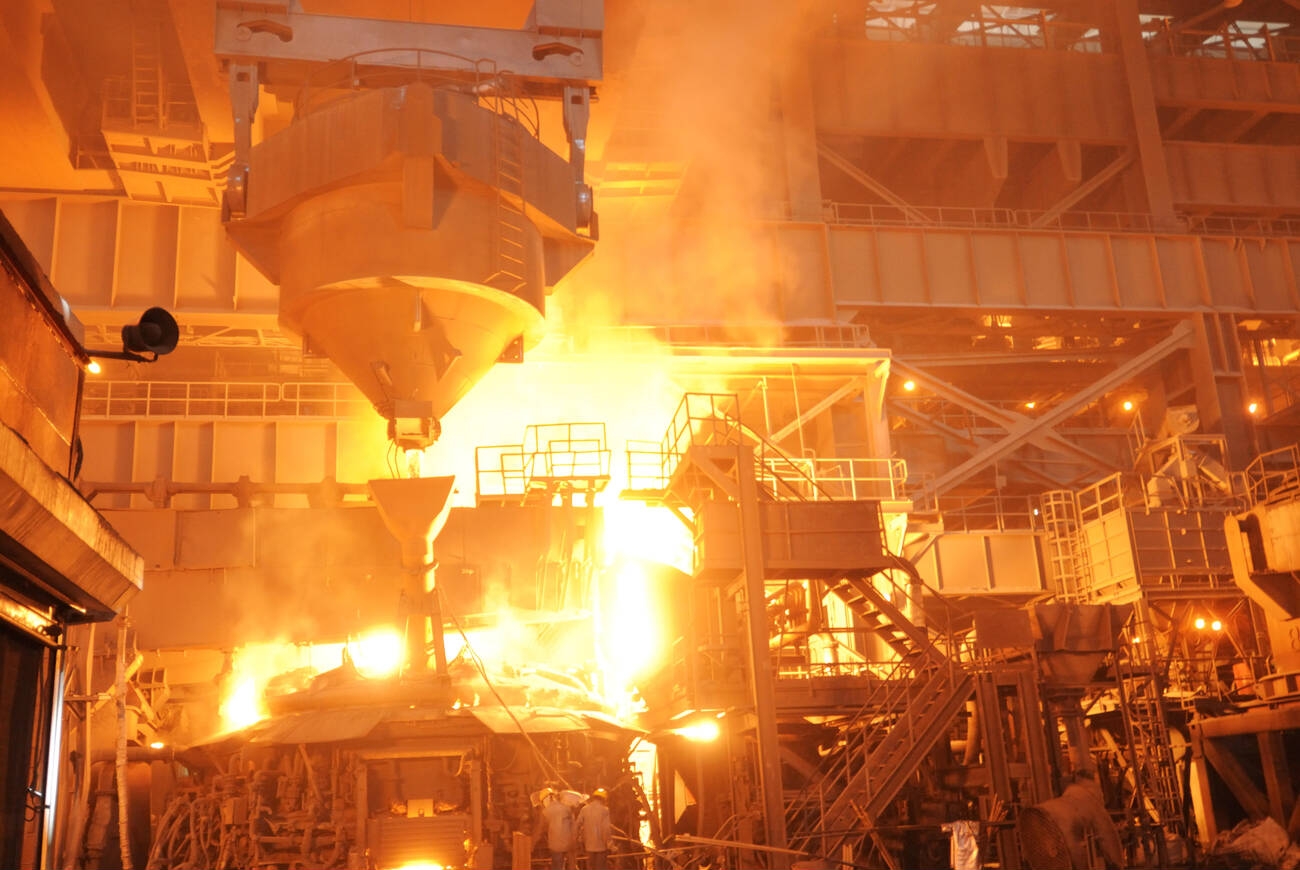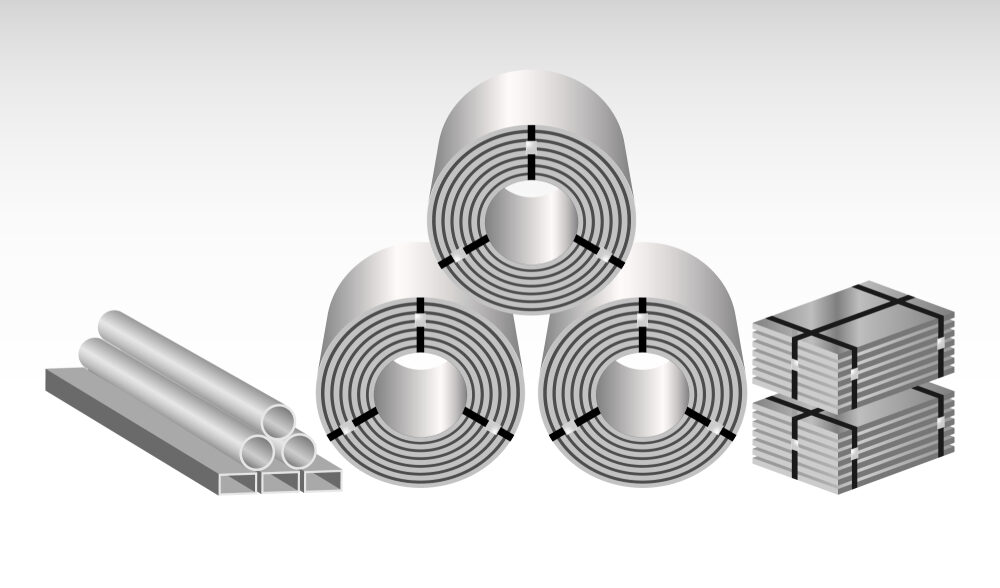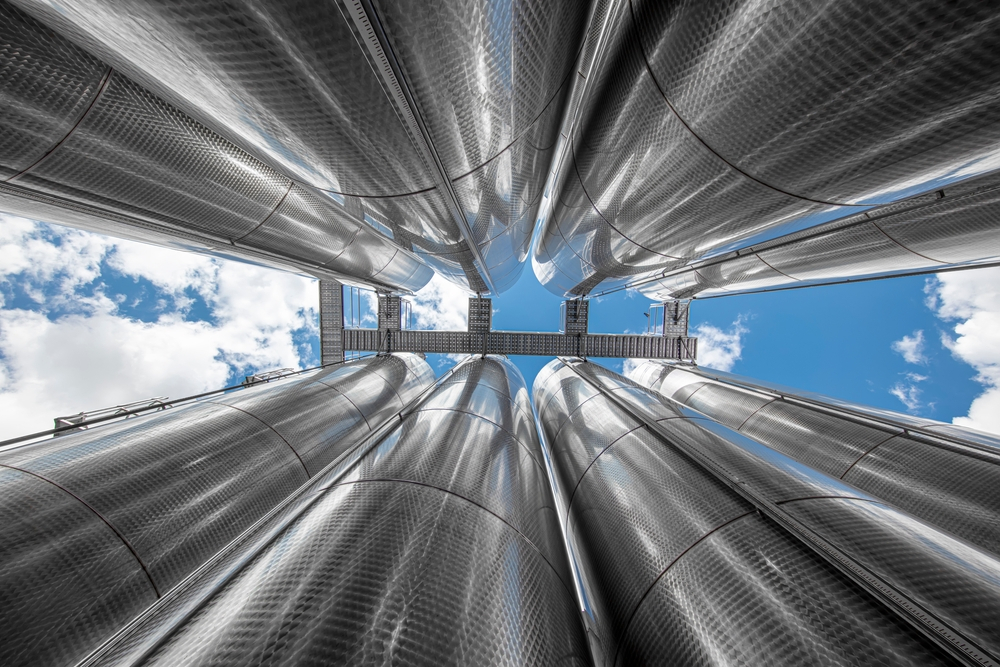
General Information
Introduction
Stainless steel is classified as such when it contains a minimum of 10.5% chromium, providing it with robust corrosion resistance attributed to the formation of a protective iron chromium oxide layer. These steels fall into five main categories: austenitic, duplex, ferritic, martensitic, and precipitation hardened. The first four categories are defined by their microstructures, while precipitation-hardened steels gain strength through heat treatment, exhibiting the highest strength among stainless steels with corrosion resistance superior to or equal to martensitic variants.
Duplex steels, though capable of achieving unparalleled strength through cold working, exhibit lower elongation. Generally, austenitics are the most expensive, ferritics are the most economical, and martensitics fall in between.
Strengths
Stainless steels boast excellent corrosion and oxidation resistance, offering a diverse range of mechanical properties. They exhibit high creep and rupture strengths, maintain an attractive appearance with minimal upkeep, and do not become brittle at low temperatures.
Limitations
While stainless steels offer exceptional properties, they come at a higher cost. Low thermal conductivity can lead to challenges such as distortion and residual stress during thermal treatments. Additionally, certain grades are prone to local corrosion and brittleness under specific conditions.
Designation
Austenitic alloys are found in the 200 and 300 series, with the former containing Cr, Ni, Mn, and N, and the latter featuring Cr, Mn, and Ni. The 400 series encompasses ferritic and martensitic steels, characterized by the presence of Cr and possibly C. The 500 series is martensitic, with low levels of Cr (<12%) and potentially some C.
Typical Uses
Stainless steel finds application in various industries, including railway cars, trucks, trailers, food-processing equipment, sinks, stoves, cooking utensils, cutlery, flatware, scissors, architectural metalwork, jet-engine parts, chemical-processing equipment, surgical tools, furnace and boiler components, seawater applications, high-temperature environments, processing of corrosive liquids, and structural applications in corrosive environments, such as pulp and paper manufacturing.
Compositional summary
Fe/<0.25C/10.5-30Cr/<15Ni/<10Mn/<5Mo with varying additions of Si, P, S
| Material family | Metal (ferrous) |
| Base material | Fe (Iron) |
Impact of Composition
Steel with low carbon content and 4-6% chromium enhancements exhibit enhanced resistance to corrosion, attributed to the development of an iron chromium oxide layer on the surface. When the chromium concentration surpasses 12%, the protective oxide has the ability to self-heal when damaged, classifying these as genuine stainless steels. Elevated temperatures may lead to a local dip in chromium levels as chromium carbides form; this issue can be mitigated by maintaining low carbon content or binding carbon with stabilizing elements like Ti or Nb. As the chromium content increases, formability decreases. Furthermore, the addition of S and Se enhances machinability.
Processing properties
Feedstocks & production:
Raw materials, including recycled stainless steel, recycled low-carbon steel, and chromium in the form of ferrochromium (a hard, brittle compound composed of approximately 80% Cr and 20% Fe), undergo melting in an electric furnace. Subsequently, the argon-oxygen decarburization process is employed to remove carbon (C) and nitrogen (N) without significant chromium loss to the slag. Additional alloying elements can be introduced through inoculation. The molten steel is then transformed into blooms, billets, and slabs, and it can also be shaped through metal powder formation or the vaporization process.
Available Forms
Stainless steel is accessible in various forms, including sheet, strip, bar, plate, and foil.

Forming
Stainless steel can undergo various forming processes, including hot-rolling, extrusion, deep drawing, and forging. While they generally exhibit favorable characteristics for cold-forming, formability diminishes with an increase in chromium content. Notably, low-carbon grades offer superior formability compared to other variants.
Machining
Machining is feasible, but due to the material’s toughness, it requires more time and is costlier than working with alloy and carbon steels. Effective cooling is essential during grinding owing to the low thermal conductivity.
Heat Treatment
Common heat treatment methods for all grades include annealing and stress-relieving. Precipitation grades undergo solution treatment and aging.
Joining
Various joining methods are applicable, such as welding, soldering, brazing, adhesive bonding, and fastening.
Surface Treatment
Stainless steel offers versatility in surface treatments, including electroplating, painting, powder-coating, mill finishes, pickling (only in the fully annealed condition), various descaling methods, mass finishing, grinding, polishing, buffing, passivation treatments, surface-blackening, coloring, terne coatings, thermal spraying, and surface modification techniques like ion implantation, laser-alloying, and laser melt/particle injection.

Notes
Embrittlement Risk:
Prolonged exposure to elevated temperatures can lead to embrittlement in stainless steels. This phenomenon is attributed to the formation of the brittle ‘sigma phase’ at high temperatures, which coats grain boundaries. Regular checks are recommended for stainless steels utilized in high-temperature applications to monitor and mitigate potential embrittlement issues over time.

